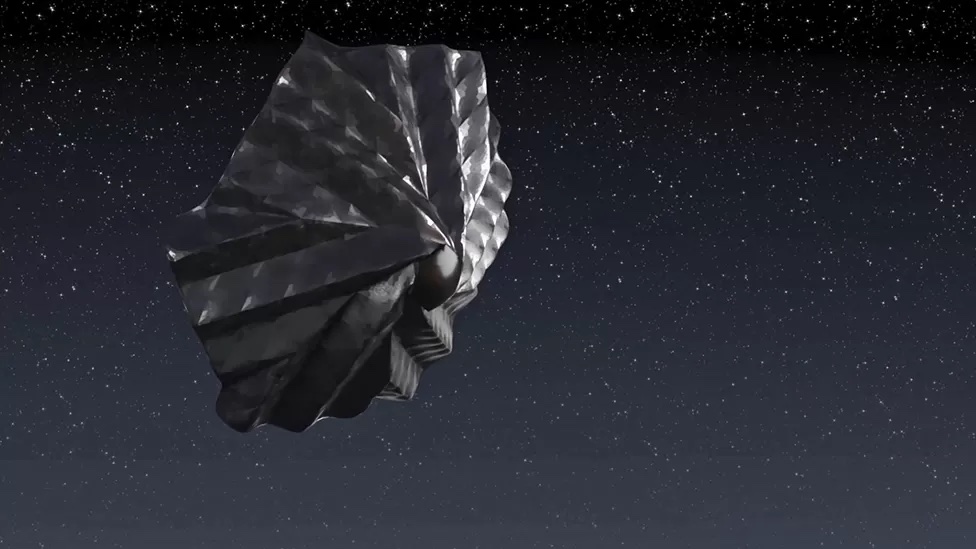A revolution in space manufacturing is coming. Enabled by cheaper launch costs, companies are scrambling to take advantage of easier access to the benefits space offers as a manufacturing environment. These include a constant vacuum, near absolute zero temperatures, and a lack of any significant gravity. These features would enable easier processing and manufacturing of hundreds of products, from pharmaceuticals to metal alloys. The tricky part is getting them back down to Earth, where they can be used.
A company based in the UK recently revealed what they think is a viable solution for that. Space Forge, which is developing a reusable manufacturing platform for use in space, recently discussed their Pridwen heat shield. The most remarkable thing about this new heat shield is it’s reusable.
Typical heat shields, such as those used on the Apollo missions and even on the more modern Dragon capsules from SpaceX, are “ablative.” That means they burn up in the atmosphere on reentry and must be replaced every time the capsule returns. That is costly, time-consuming, and wasteful – it is one of the last holdouts of the old space launch model that SpaceX is still holding on to. That seems to be because there was no better alternative than an ablative heat shield when Dragon was designed more than ten years ago.
Credit – Bloomberg Originals YouTube Channel
So, Space Forge is attempting to fill that gap in the market with new technology. Pridwen, which takes its name from King Arthur’s shield, is made of a high-temperature alloy that can fold up in the fairing it is launched on and then unfurls to a much larger size when the craft it is attached to returns to Earth.
For Space Forge’s first efforts, that craft will be the ForgeStar. This manufacturing platform is intended to go to space for short periods, manufacture specialized products, and then return to Earth with those products entirely manufactured. On its way back to the ground, its descent will be aided by a “soft landing” on Fielder, an autonomous recovery boat that can catch ForgeStar as it returns to Earth.
That soft landing is critical, as many of Space Forge’s customers have concerns about a hard landing for the experiments they have already tried to run in space. For experiments returning from the ISS, many don’t survive either reentry or impact, making any business model for manufacturing products in space unviable unless they can prove that the product returns in good shape.
Credit – Space Forge YouTube Channel
So far, the company has yet to prove that, though they are actively working on fleshing out their designs. Unfortunately, an early prototype didn’t go as planned when the now-defunct Virgin Orbit’s launcher it was attached to failed to reach orbit. Luckily, this was just one of many planned launches for the company, so a failure wasn’t as devastating as it would have been for something like James Webb, which took billions of dollars and decades to design.
And the company seems well-capitalized enough to continue. It received a $10.2 million funding round back in 2021 and expects to announce news about another funding round soon. With luck, the company’s next test will prove successful, and it can begin fleshing out its business model as part of the world’s first steps in the space manufacturing revolution.
Learn More:
Tech Crunch – UK’s Space Forge debuts new reentry tech for in-space manufacturing satellites
SpaceNews – Space Forge reveals plans for U.S. manufacturing
UT – NASA and ULA Successfully Test a Giant Inflatable Heat Shield That Could Land Heavier Payloads on Mars
UT – The Next Generation of Heat Shield: Magnetic
Lead Image:
Artist’s depiction of the Pridwen shield flying through the atmosphere.
Credit – Space Forge

